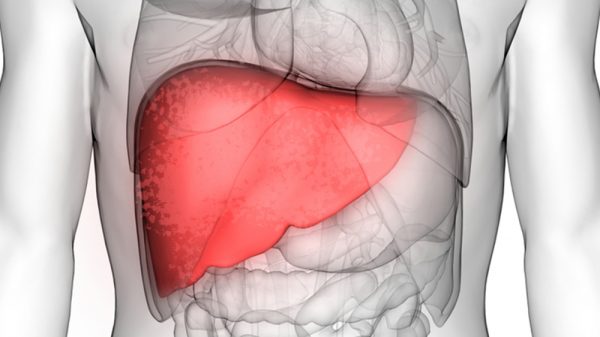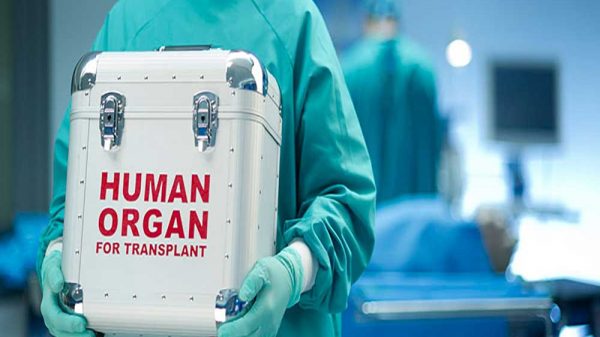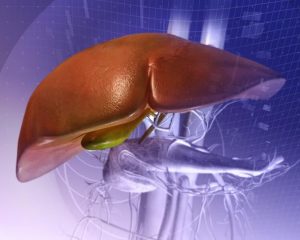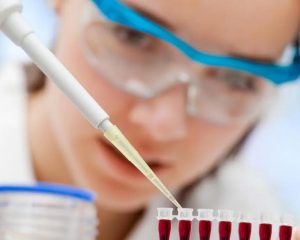If you are reading this article with the intention of being a licensed physician, then congratulations! Being a doctor is never an easy endeavor. It can certainly be fulfilling especially if your chosen specialization is something that you are truly passionate about. On the other hand, for those who are reading this article to know more about what doctors go through before being able to practice, then this article might just give you an overview of what the USMLE is all about. Also, the possible questions people need to prepare for and know in terms of Primary Biliary Cirrhosis. In this article, we first look at what USMLE is, what Primary Biliary Cirrhosis is, and the questions one might encounter regarding the said health condition while taking the USMLE. Read on to find out more!
USMLE: A Brief Backgrounder
The USMLE stands for the United States Medical Licensing Examination. Compared to other tests that are more knowledge-based, this exam attempts to evaluate how well individuals can utilize their attitudes, values, and skills to scenarios that are patient-centered that are occurring in the real world. Aside from being an integral part of one’s practice as a future doctor, this exam will also serve as an indicator or measuring stick for medical license authorities how effective an individual will be in accomplishing their tasks.
The Different Steps of the USMLE
Listed below are some of the different steps of the USMLE:
USMLE Step Number 1
This first step in the USMLE is an exam that is computer-based and is taken by students of medicine towards the end of year number 2 of medical school. IMGs or international medical graduates (numbering in thousands) also take this exam to be able to practice medicine or to be a physician in the US. This first step will usually involve around 280 questions that are in the form of multiple choice. This exam will be given in a time span of around 8 hours and can be subdivided into sections of one hour each per block of 40 questions.
The first step in the USMLE focuses more on the concepts of physiology, pharmacology, pathology, microbiology, biochemistry, behavioral science, anatomy, and other scientific principles necessary for medical practice.
UMSLE Step Number 2 CK
This part of the USMLE is an exam that has multiple choice questions as well and is designed to evaluate the examinees’ understanding and knowledge of medical and clinical science that is needed for supervised patient care. This section of the USMLE has around 318 questions and can be answered in a period of nine (9) hours subdivided into eight (8) one-hour portion of about 40 items per portion. The USMLE Step Number 2 CK will have 2 formats of multiple-choice which are single answer matching and single best answer. The exam may also have vignettes that are patient-centered using a number of related questions. Topics are randomly arranged. As such, no specific section is provided to the examinee and students will have to transition from one subject matter to another (e.g. from pediatrics to pulmonology). This portion of the USMLE is given via appointment on an annual basis. For those planning to take a review of the USMLE, consider a prep time of around four (4) to six (6) months.
UMSLE Step Number 2 CS
This part of the exam focuses on the communication skills of the examinee which are assessed through different criteria such as enabling patient behaviors, supporting emotions, making decisions, information provision, gathering information, and fostering the patient relationships. Over the course of the term, other functions that are more advanced would be added. Having this model implemented can affect how examinees handle different expected behaviors when interacting with patients. The process of evaluation eliminated the checklist used by SPs to assess whether other behaviors were observed in the examinees. Medical students are now trained on a specific personality range which can aid them in responding to exam questions in a manner that is more natural.
This transition by the NBME in terms of refining the USMLE was due to the fact that there is now an increased consciousness in terms of the significance of patient communication and the relationship between doctors and patients. More approaches that are patient-centered, more involvement by the patient when making decisions, and the importance of supporting patients in promoting changes to their lifestyle choices. Due to the fact that residents are expected to be heavily invested in the said activities, the assessment of these skills relating to communication should reflect and be observed during the exam as well.
The USMLE Step Number 3
This portion of the USMLE is a computerized exam that can be taken for two (2) days with multiple choice questions in the form of 500 items. It will also contain CCS or computer-based case simulation which will evaluate how examinees gather and process the management of the patient, choose initial therapies, physical exam information, and evaluation of the patient history. This third step concentrates on the management of patients, which composes around 45% to 55% of the questions. Other questions covered in this portion of the exam include pathophysiology, prognosis, diagnosis, diagnostics and lab studies, and history and physical each comprising around 12% of the exam questions. Those who wish to take this third step in the USMLE should do so via appointment on an all-year-round basis.
Primary Biliary Cirrhosis USMLE Sample Questions
Some of the possible questions or items that cover PBC or Primary Biliary Cirrhosis during the USMLE may include the following:
- What is PBC or Primary Biliary Cirrhosis?
- What are the symptoms of PBC or Primary Biliary Cirrhosis?
- Which laboratory abnormalities point towards PBC or Primary Biliary Cirrhosis?
- Which laboratory results are considered uncommon PBC indicators?
- What options are there for PBC (Primary Biliary Cirrhosis) pharmacologic treatment?
- What is the prevalence of PBC or Primary Biliary Cirrhosis across the globe?
- How does PBC’s prevalence vary by sex?
- How does PBC’s prevalence vary by age?























